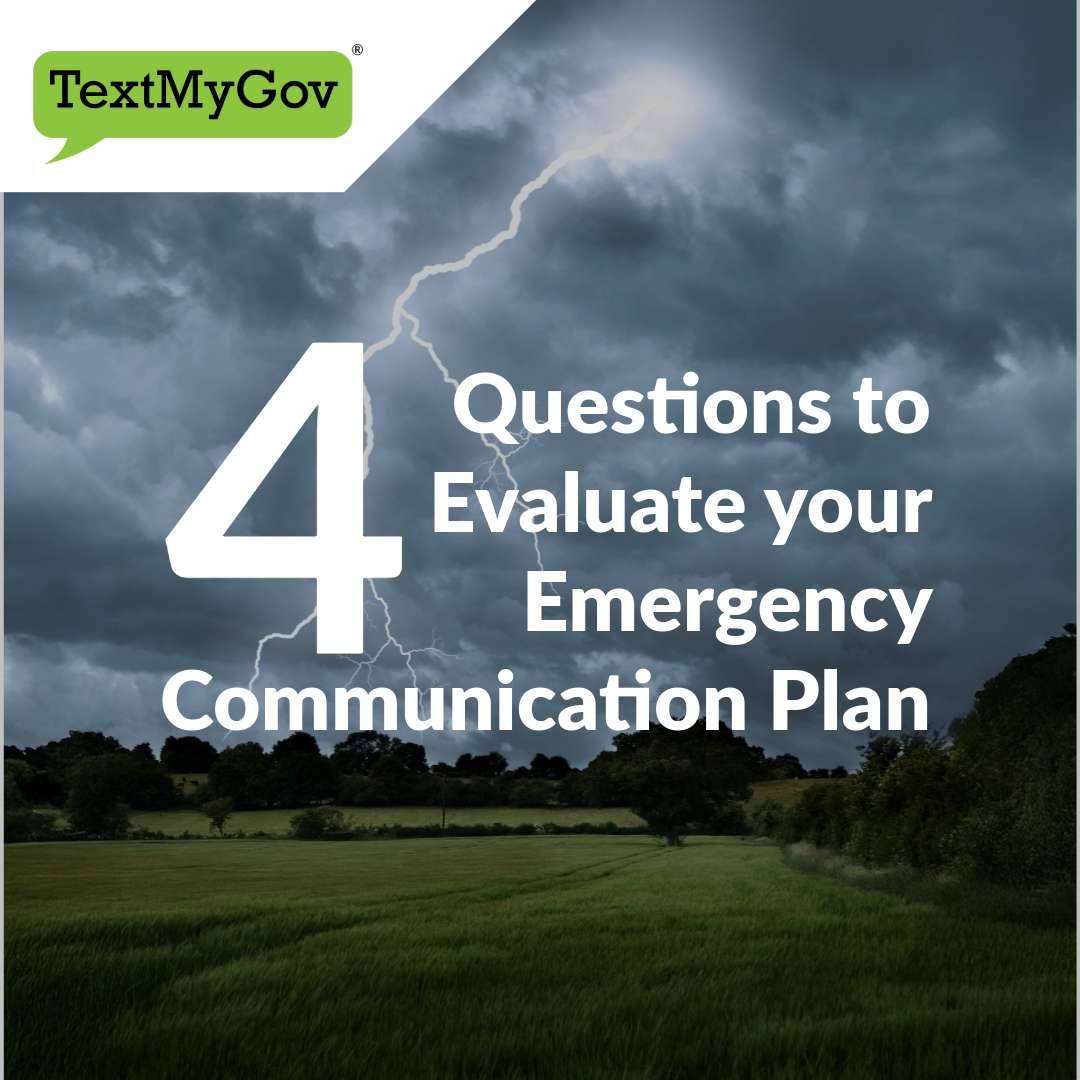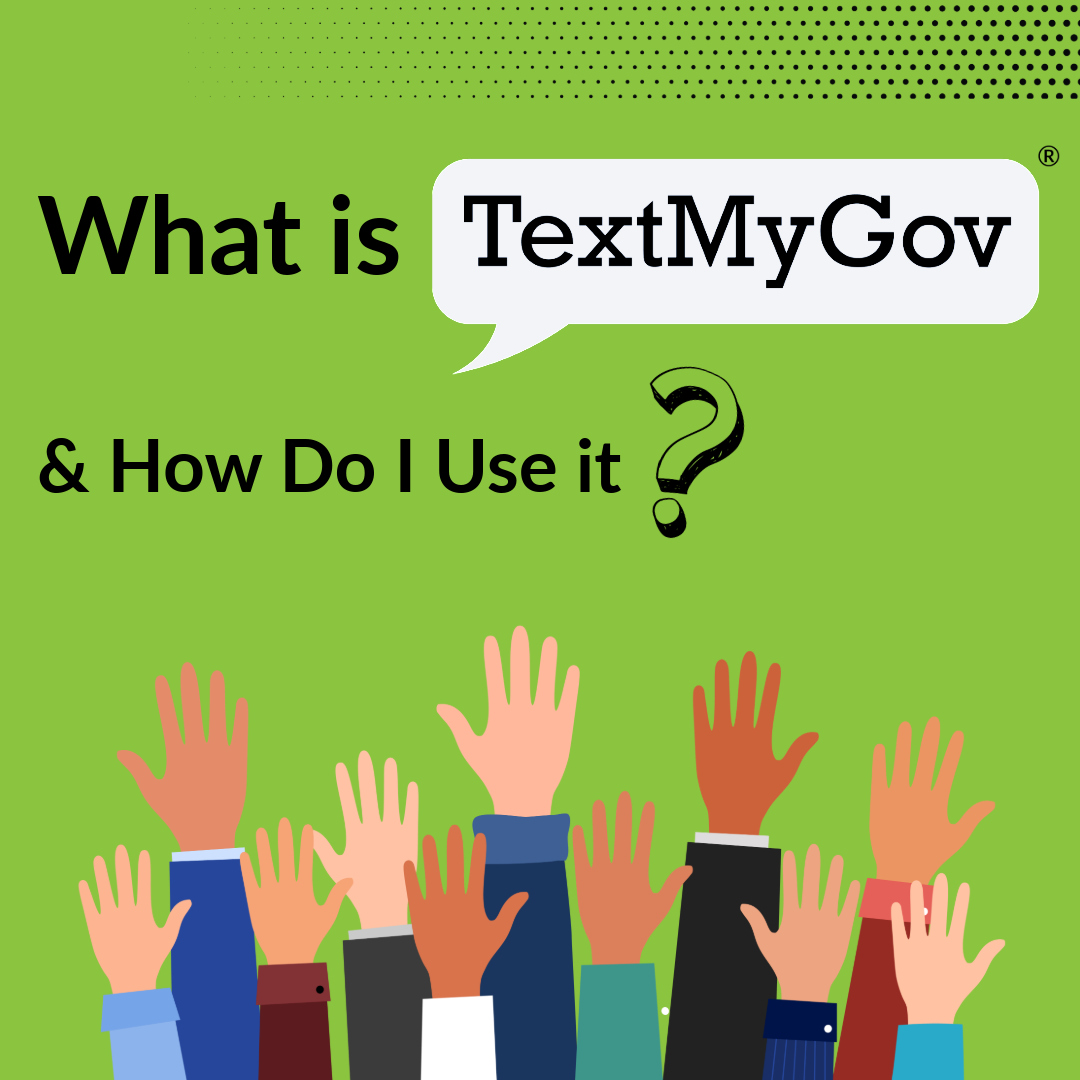
Why Texting should be at the Core of Your Mass Notification System
August 13 , 2025
Author: Emma Conway, Digital Marketing Specialist
Facebook: Friend or Foe?
Social media, especially Facebook, is a common way to share community updates. The average American spends about 32 minutes a day on Facebook. Many residents may already follow your organization’s page, and connecting with new residents is quite easy. However, there’s a little-known catch that may cause you to rethink your strategy. On average, only about 6% of your followers will actually see your post. That means critical updates could easily be missed. Social media works well as a public hub for event promotions or general announcements, but for urgent, time-sensitive alerts, it’s far from foolproof.
The New Snail (E)Mail
Email is another option, particularly if you have a reliable list of addresses. It’s a solid choice for newsletters, planned updates, or reminders. However, emails only have a 32.5% average open rate, and about 10.3% of emails never reach their intended recipient due to bounces. It is also much more difficult for new residents to be added to email lists than it is for them to follow a social media page. For pushing out urgent messages, the email method is clouded in uncertainty.
Why Texting?
Text messaging is the fastest, most reliable way to reach your community. Compared to email’s modest open rate, texts take the lead with a staggering 98% open rate, with 90% of messages read within just 30 minutes. People might scroll social media once or twice a day, but they check their phones an average of 344 times a day, which equates to about once every four minutes.
That level of attention makes texting perfect for any type of communication, from friendly reminders about local events to urgent alerts about severe weather, water main breaks, road closures, or power outages. In fact, 88% of people report that texting is the primary reason they use their cellphones. It just makes sense to meet residents through a method of communication they are already in the habit of using. And residents are now expect their governments to have a mass texting notification system in place to reach them.
How TextMyGov Can Help
TextMyGov provides the tools you need to reach your citizens instantly. The core system enables you to send mass text messages directly to residents. Residents can easily opt in to these messages by texting a simple keyword to your organization’s TextMyGov phone number. Alternatively, the system can import your own existing database of contact information, creating a seamless transition experience from your old communication method. For urgent situations, optional packages like IPAWS and Weather Alerts can be added to allow for official emergency communications. Whatever message you need to convey, whether urgent or casual, TextMyGov makes sure it gets delivered quickly to everyone you want to reach with the click of a button.
Recap:
- Emails have a 32.55% open rate
- 10.31% is the average bounce rate of emails
- The average American spends about 32 minutes of Facebook per day
- Only 6% of Facebook followers see a post
- Average Americans check their phones 344 times a day, or once every 4 minutes
- 88% of people report texting is their primary reason for owning a cellphone






